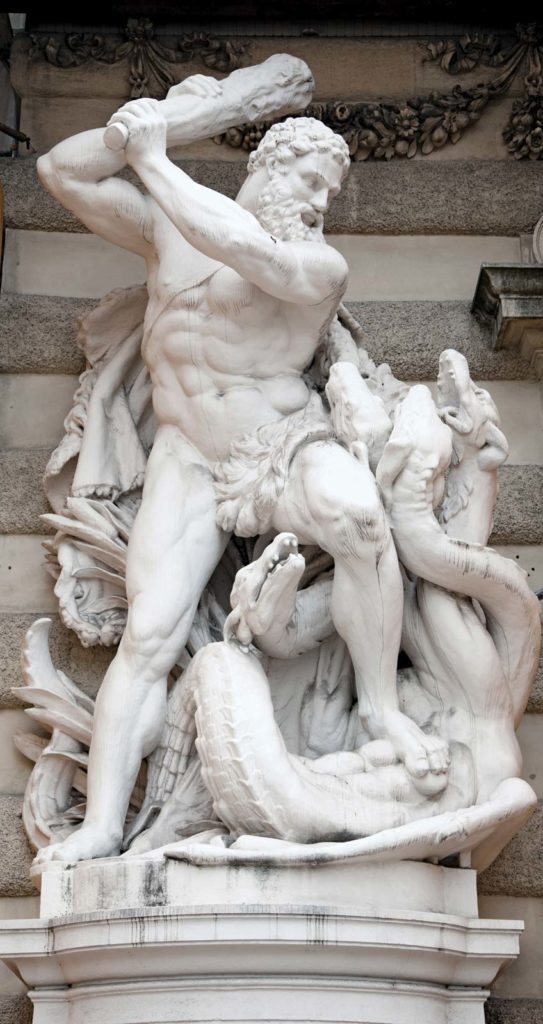Hydrapolitics and other Anti-heroes
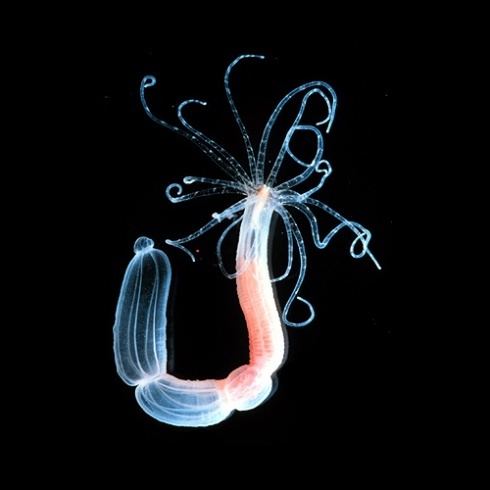
For me, the Hydra is a allegorical narrative character since one of the tasks is to change the stories we tell. A key point of departure is Peter Linebaugh and Marcus Rediker’s important book, The Many Headed Hydra: Sailors, Slaves, Commoners and the Hidden History of the Revolutionary Atlantic. The hydra was the name that the men of property gave to the ubiquitous desertions, revolts and full blown revolutions by peasants, slaves, servants, sailors, pirates, soldiers, and indigenous people between the 17th and 18th centuries against the building of the colonial foundations of trans-Atlantic capitalism, until the new capitalist imperial order was finally able to cut off its many heads. The Hydra is both part of the story needing to be changed and a way to change it. The story Linebaugh and Rediker tell also teaches us that revolt and revolution are not possible without re-making something common.
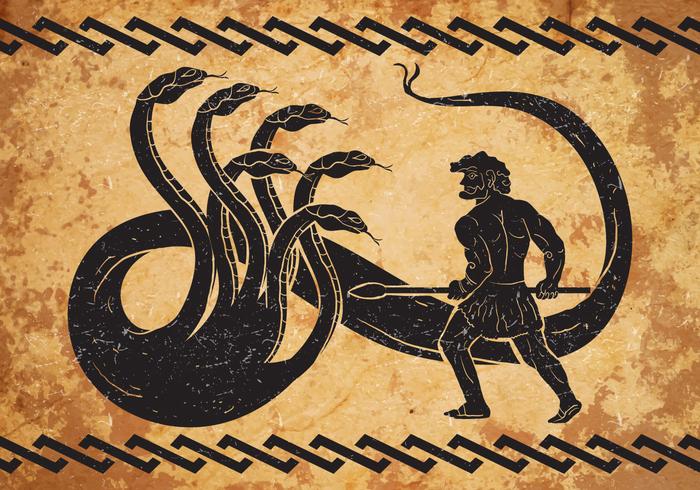
In the old story, the reference was to the Hydra of lake Lerna from Greek mythology, the monster created by Hera that Hercules faces in his second labour. But the hydra also has a robust presence as a meme in contemporary popular culture, hence its methodological and theoretical significance for me. The key thing about this character is its lesson for our understanding of the power of cooperation, a seed of common-being. Elitist political theory, which is the bulk of political philosophy, has never stopped humiliating subalternized people for their powerlessness.”Look at how they cooperate with their oppression!, Look at the market, the media, nationalism, look at the panopticon!” As a response, the slogan “where there is power there is resistance” is rather lame. Yes, there are weapons of the weak. But cooperation is not identical to itself and if there are weapons of the weak it is because cooperation is time-biased. Cooperation in the present, and as the present, is organized by the rules of dominant social institutions into an interlocking system of oppressions. But cooperation also has its own counter-environmental history hiding in the Hydra’s lair. For cooperation also has a foundation in the history of the planet and for this reason in the human body itself as the inhabitation of the past.
Hydrapolitics then names an allegorical way of thinking about class politics from below from beyond the colonizer’s model of the world. Class politics and struggles against interlocking oppressions are not opposed to each other as alternatives in this telling of the story. Rather, repoliticized identities embody social contradictions, including the intermediation of the contradiction between labour-power and capital by the contradiction of subalternity with the multitude, being secret agents all.
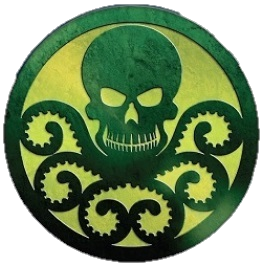
Herculean Power
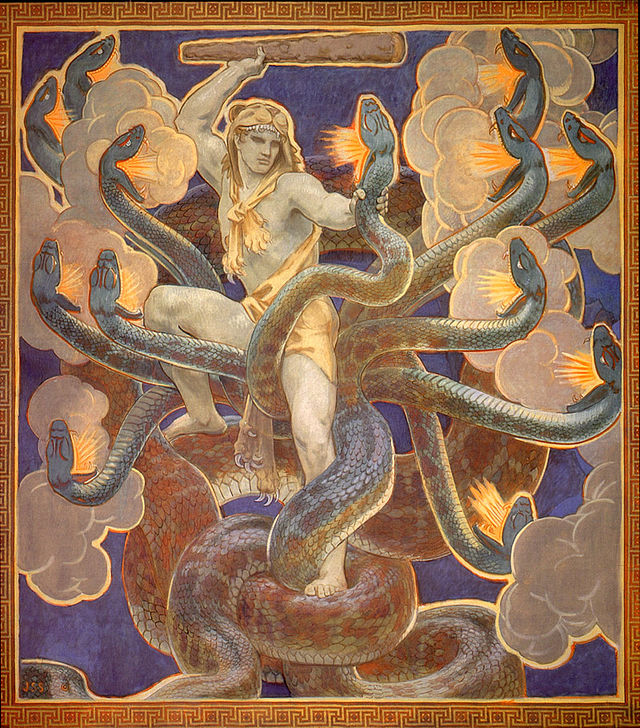
Time then to meet Hercules, another character in our story. Here are the essentials:
“The classically educated architects of the Atlantic economy found in Hercules—the mythical hero of the ancients who achieved immortality by performing twelve labors—a symbol of power and order. . . Rulers placed the image of Hercules on money and seals, in pictures, sculptures, and palaces, and on arches of triumph. Among English royalty, William III, George I, and George II’s brother, the ‘‘Butcher of Culloden,’’ all fancied themselves Hercules. John Adams, for his part, proposed in 1776 that ‘‘The Judgment of Hercules’’ be the seal for the new United States of America. The hero represented progress: Giambattista Vico, the philosopher of Naples, used Hercules to develop the stadial theory of history, while Francis Bacon, philosopher and politician, cited him to advance modern science and to suggest that capitalism was very nearly divine. . . . These same rulers found in the many-headed hydra an antithetical symbol of disorder and resistance, a powerful threat to the building of state, empire, and capitalism. . . . From the beginning of English colonial expansion in the early seventeenth century through the metropolitan industrialization of the early nineteenth, rulers referred to the Hercules-hydra myth to describe the difficulty of imposing order on increasingly global systems of labor. They variously designated dispossessed commoners, transported felons, indentured servants, religious radicals, pirates, urban laborers, soldiers, sailors, and African slaves as the numerous, ever-changing heads of the monster.” (4-6)
Peter Linebaugh and Marcus Rediker, The Many-Headed Hydra: Sailors, Slaves, Commoners, and the Hidden History of the Revolutionary Atlantic.
The other crucially important detail: In our originary myth, Hercules is sent to slay the Hydra by Eurystheus, king of Tiryns, in order to redeem himself for killing his wife Megara and their children.
